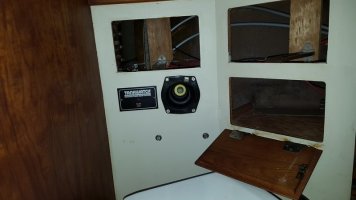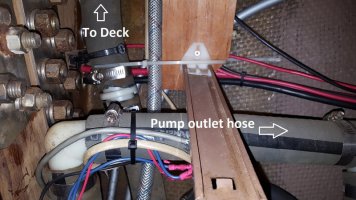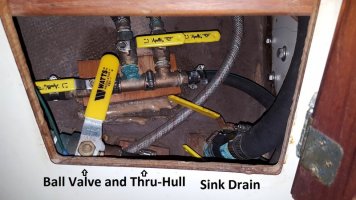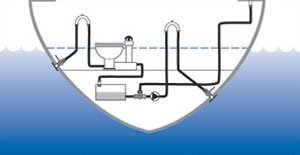Once dissolved in water, these salts are dissociated, so nitrate ions are the active ingredient, no matter what they started out as. (Ammonium could also act as a fertilizer to help microbes grow, as long as the pH stays low, but sewage is generally not nitrogen-limited.) What the nitrate does is support microbial respiration. Some of these products also contain small amounts of detergent, which doesn't really do anything useful.
TMI: When microbes (or us) consume organic matter, they have to oxidize it with something, and in so doing, recover the energy that was stored in the chemical bonds. That's respiration. The handiest thing to use is molecular Oxygen. But oxygen isn't very soluble in water. When O2 is all used up, microbes switch to using nitrate, if they can get it, and nitrate is much more soluble. Although it doesn't produce as much energy as O2. When nitrate is used up, they switch to manganese or iron, if they can get it. When that's used up, they switch to sulfate - but that reaction produces hydrogen sulfide and other nasty odors that we don't want. And sea water has a lot of sulfate in it. When that's used up, they switch to oxidizing part of the organics and reducing another part - fermentation. Which also produces nasty odors that we don't want. (They can get some of that energy back by making methane.) As long as you supply the microbes with plenty of O2, or NO3, they never get around to doing the smelly things. And even if some of them do, the smelly products, which still contain potential energy, get consumed by the microbes that have access to O2 or NO3






